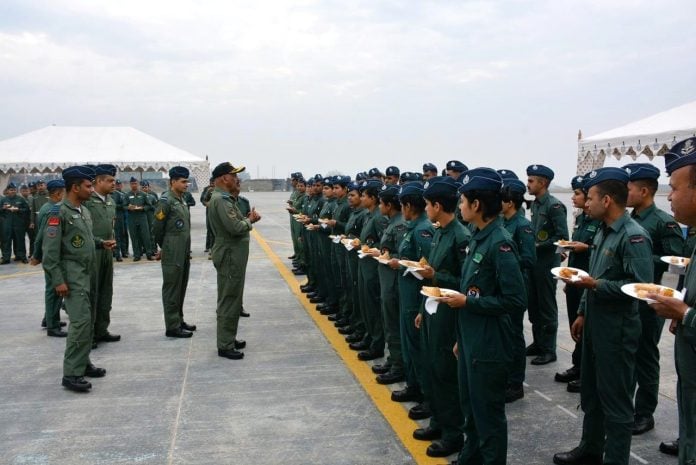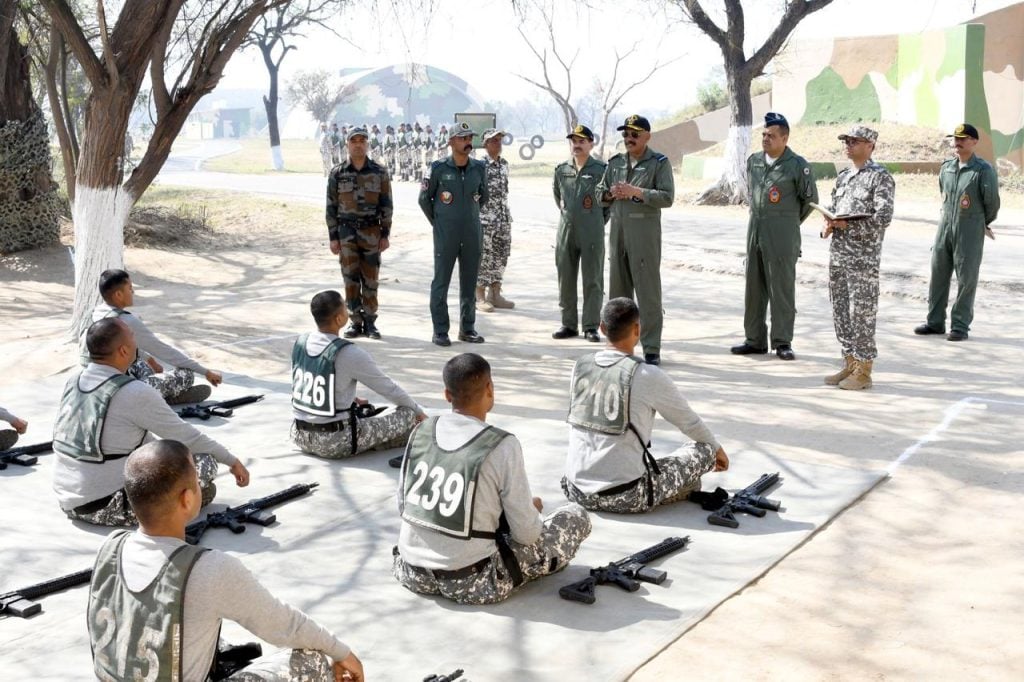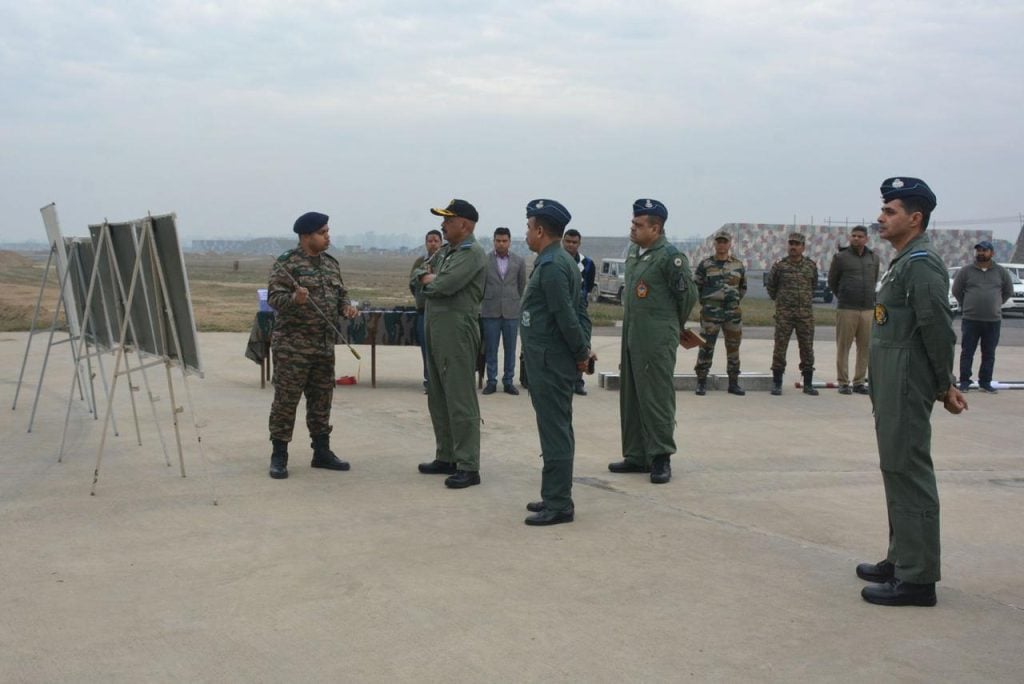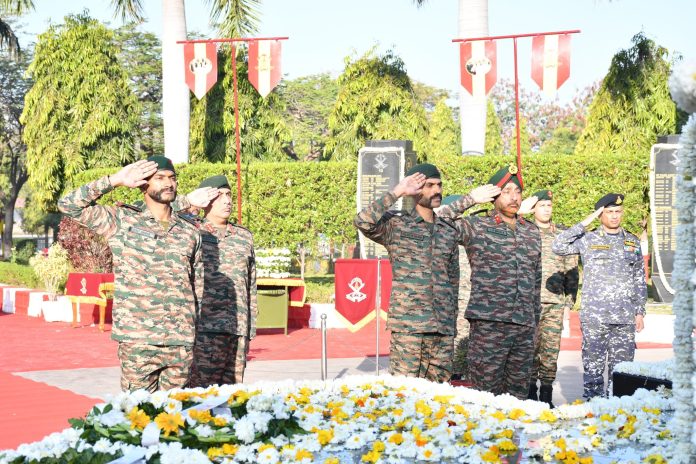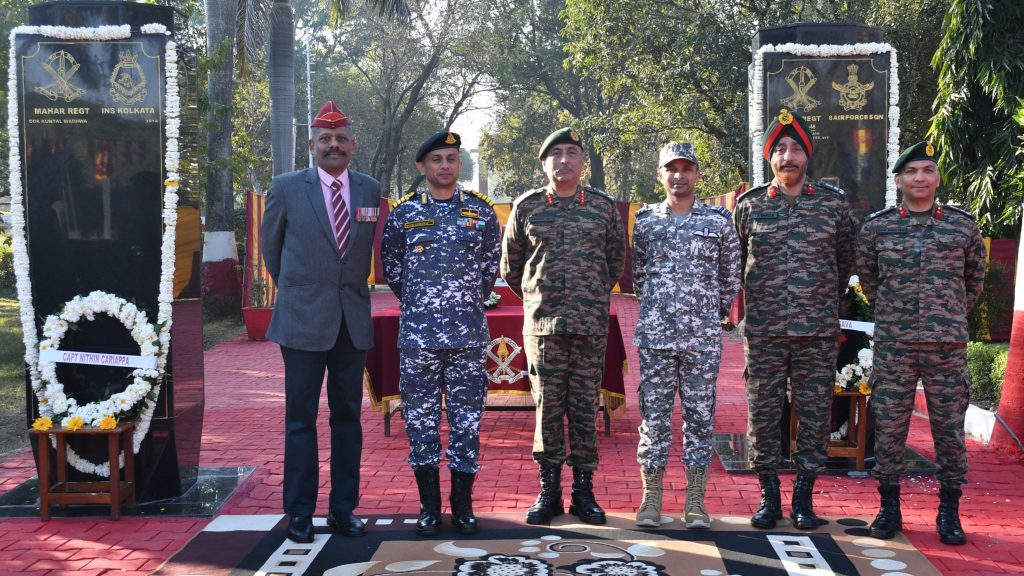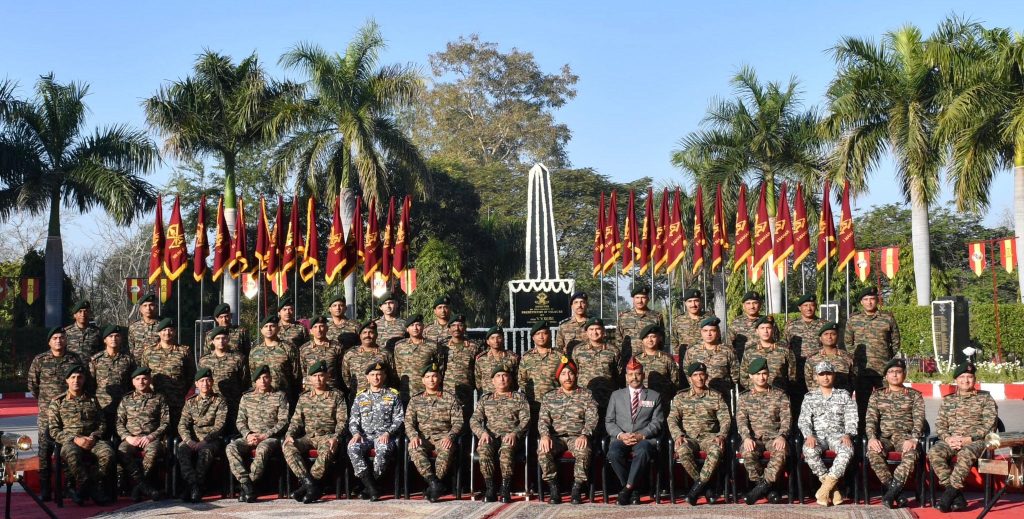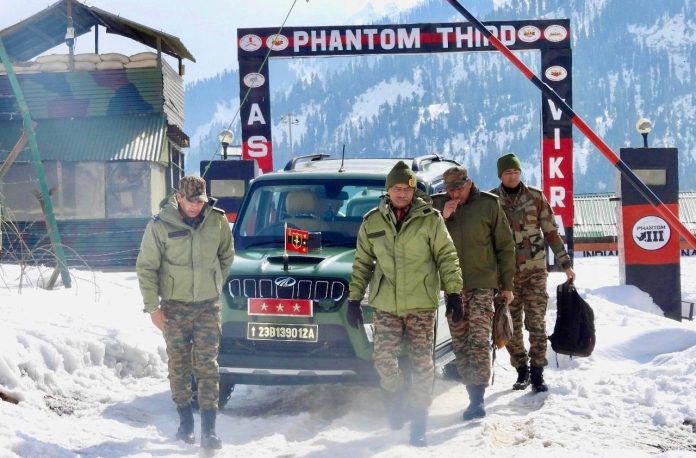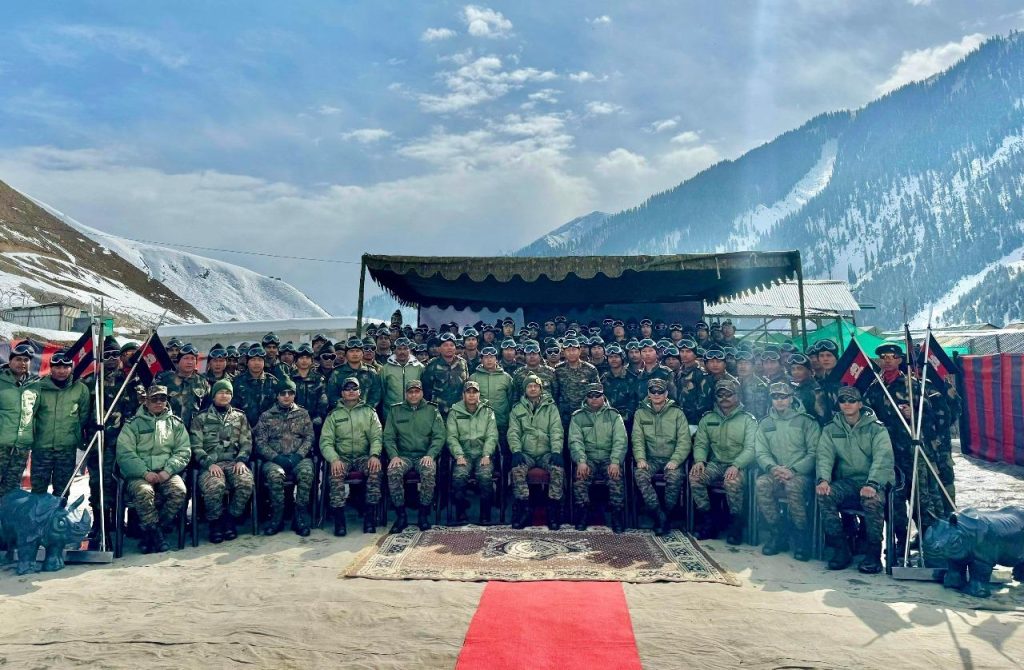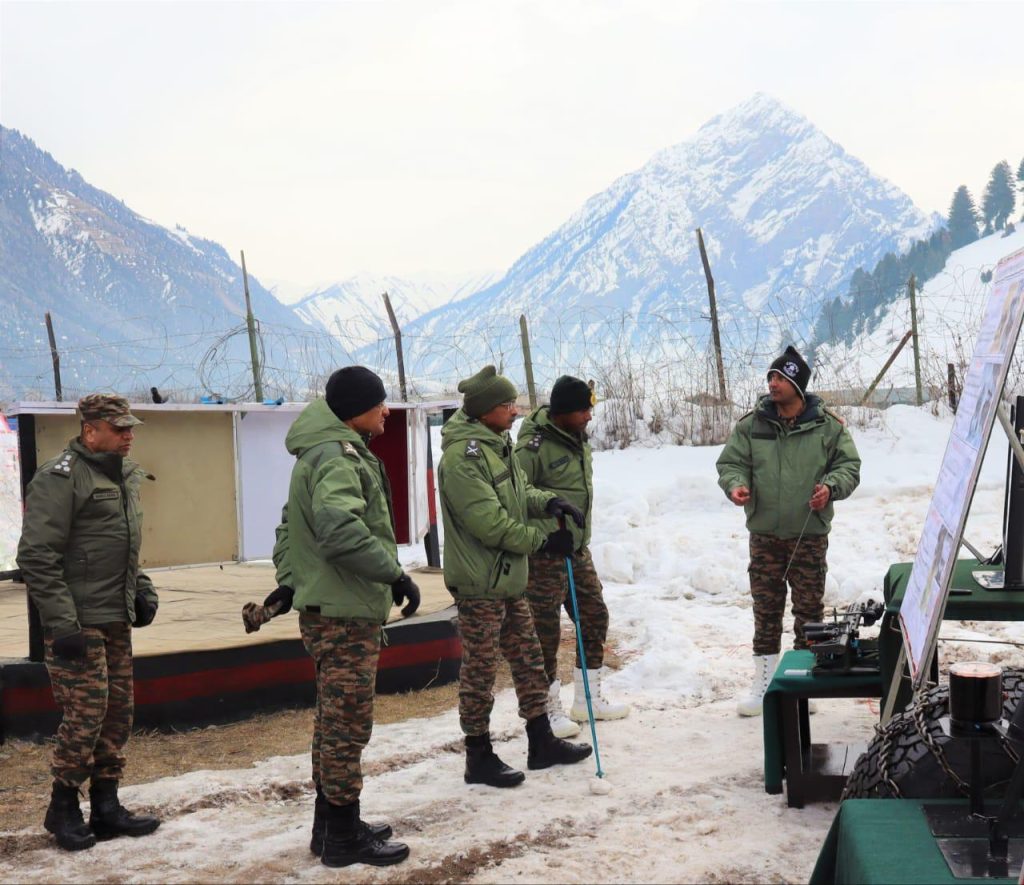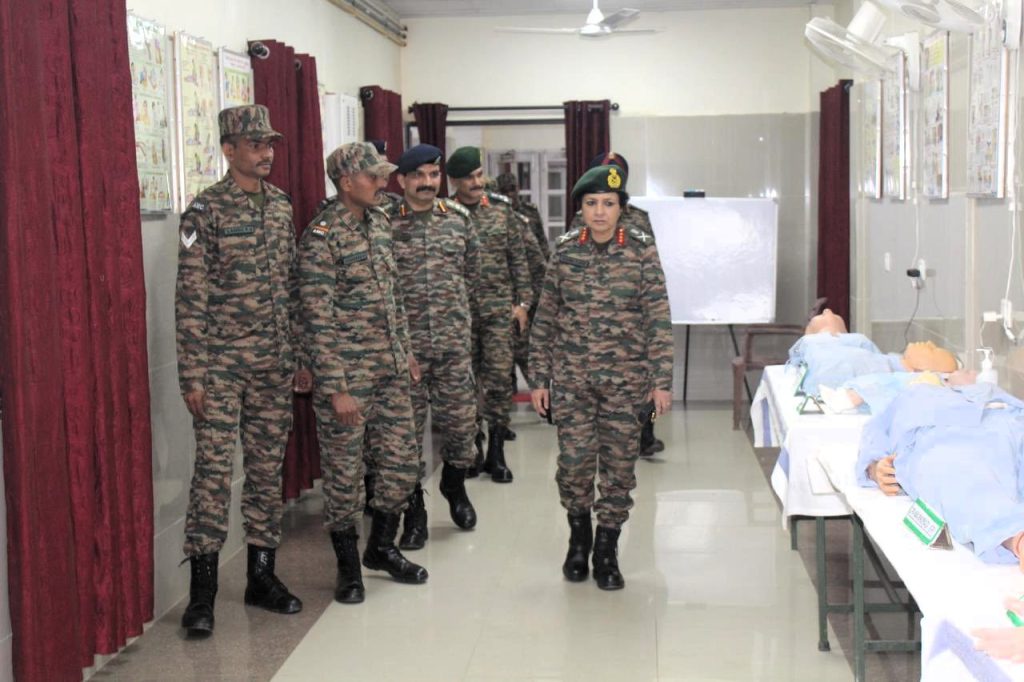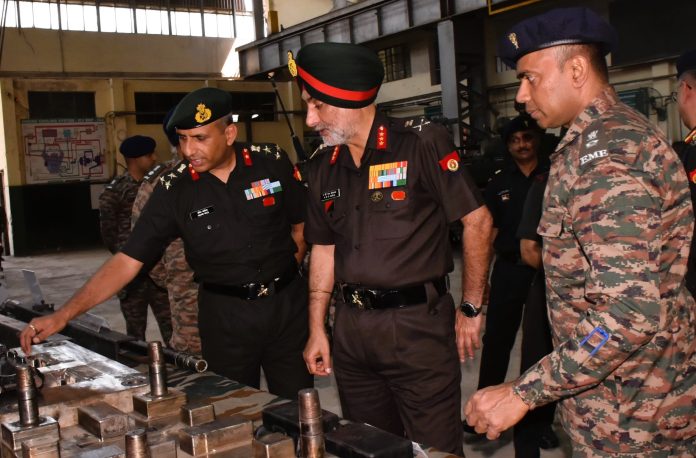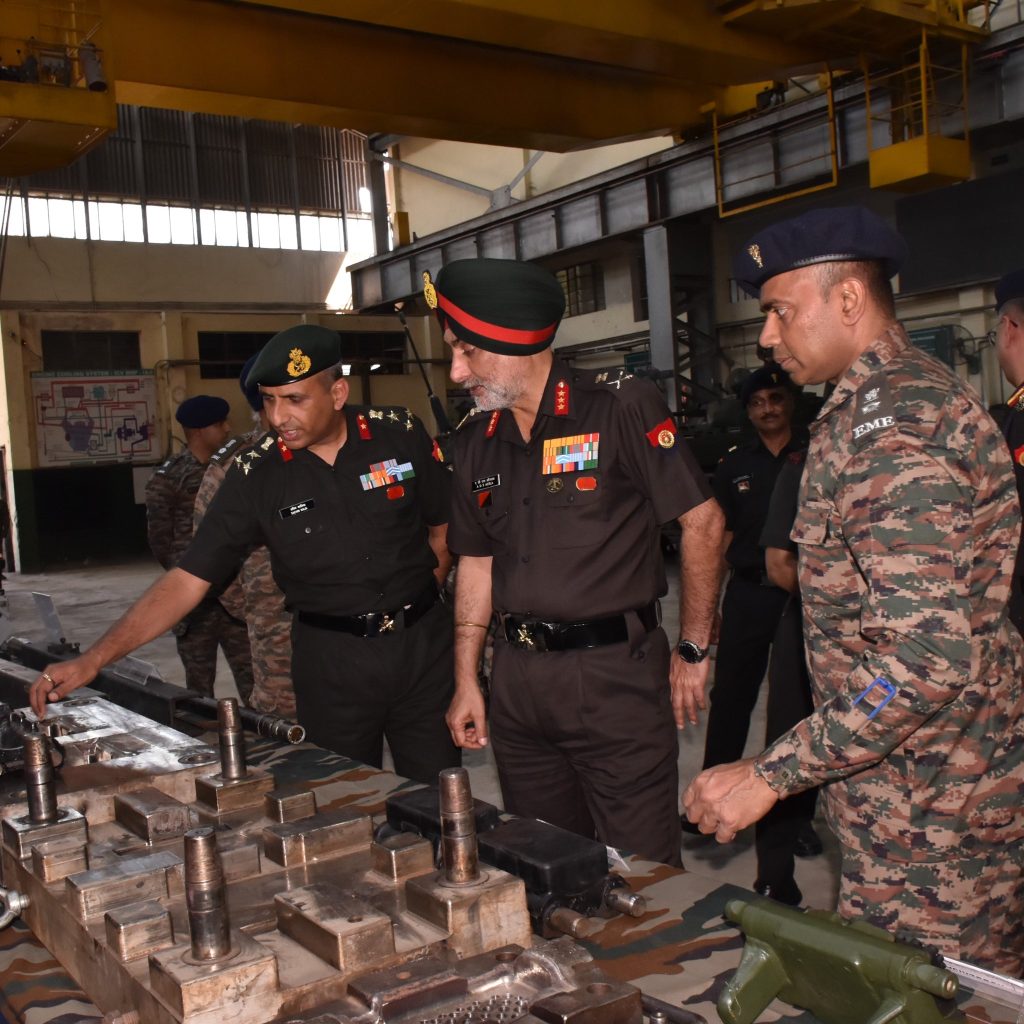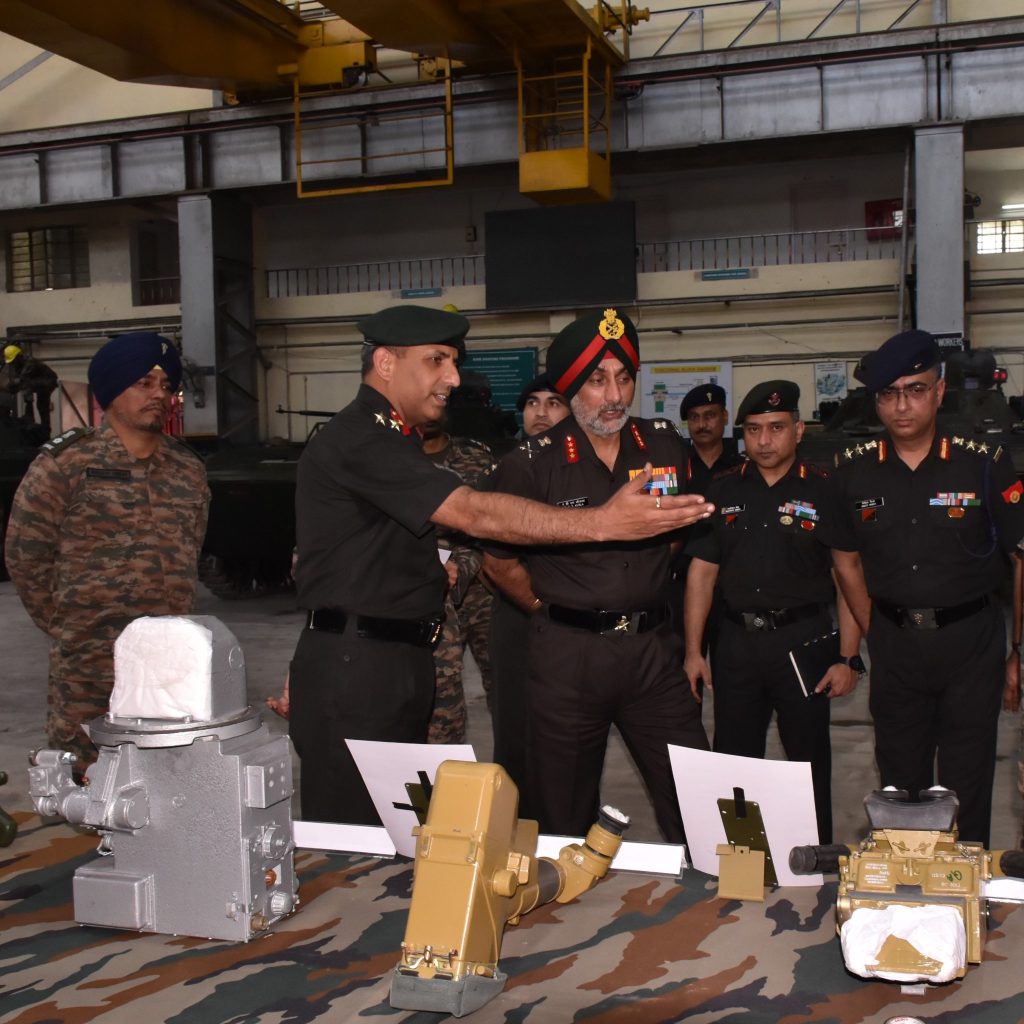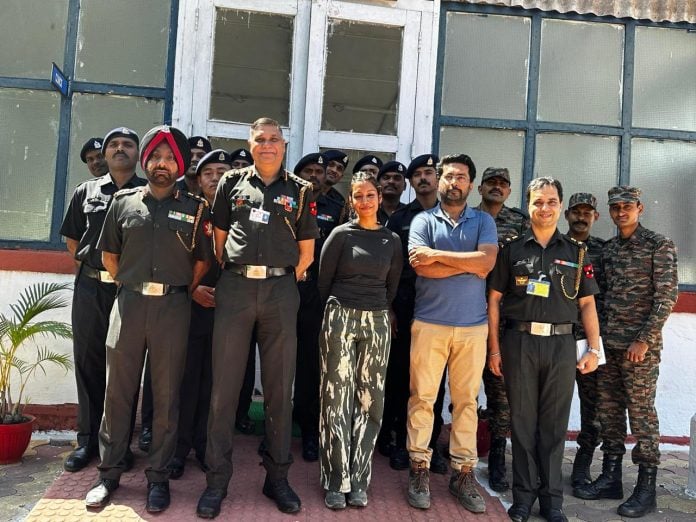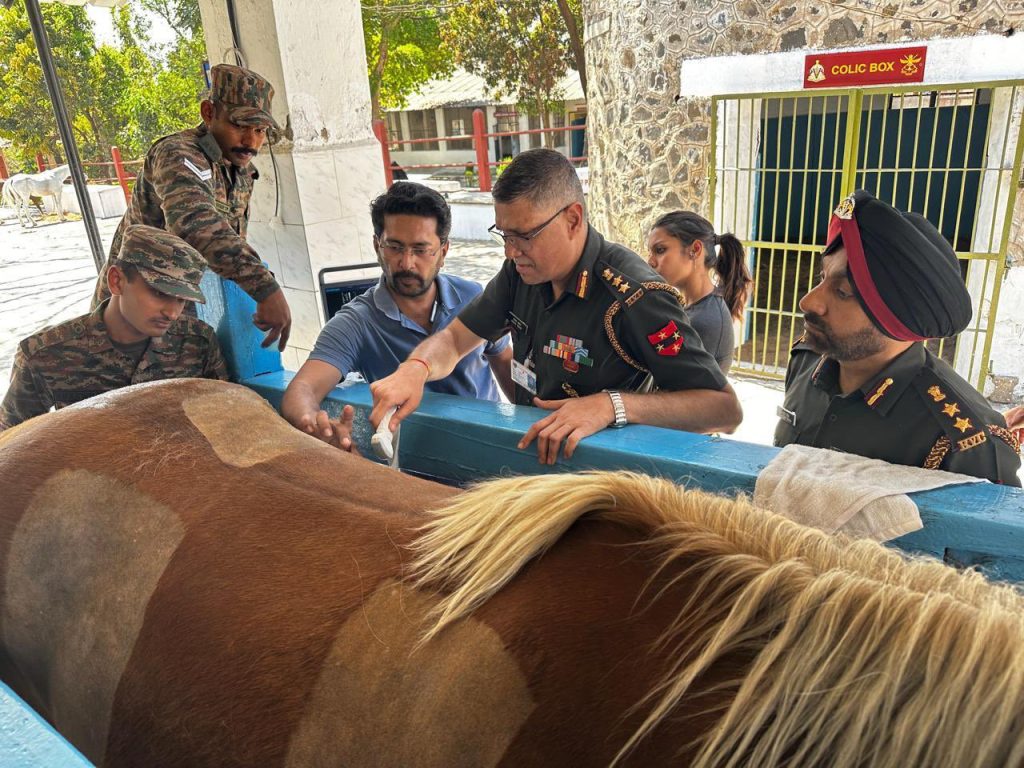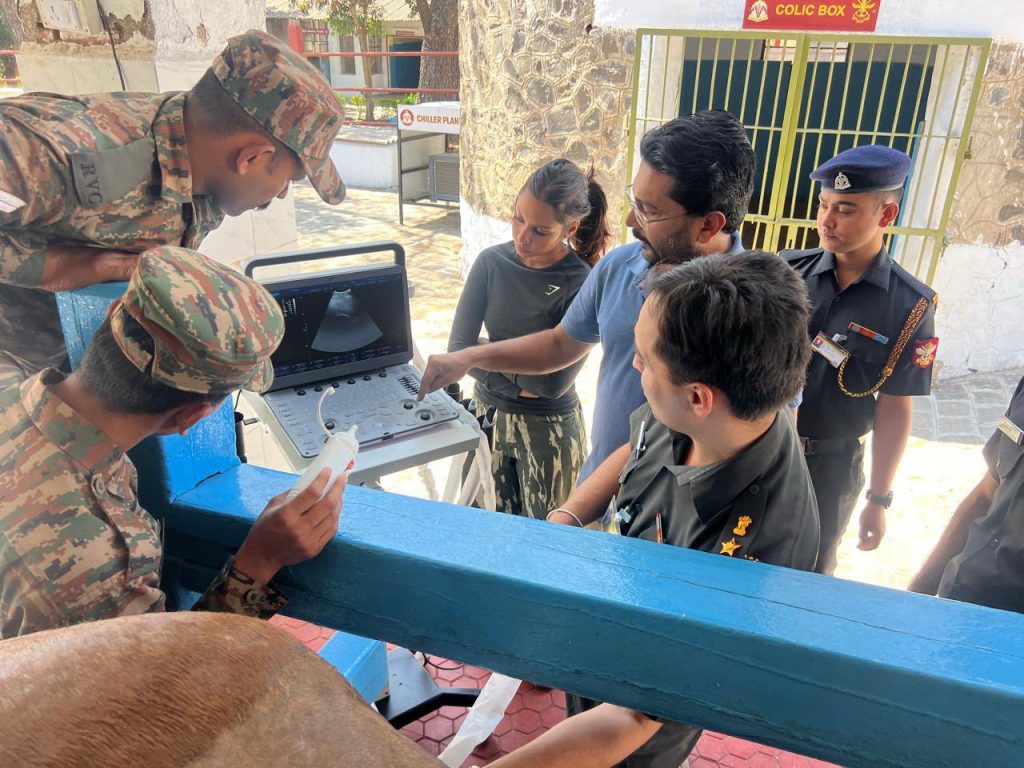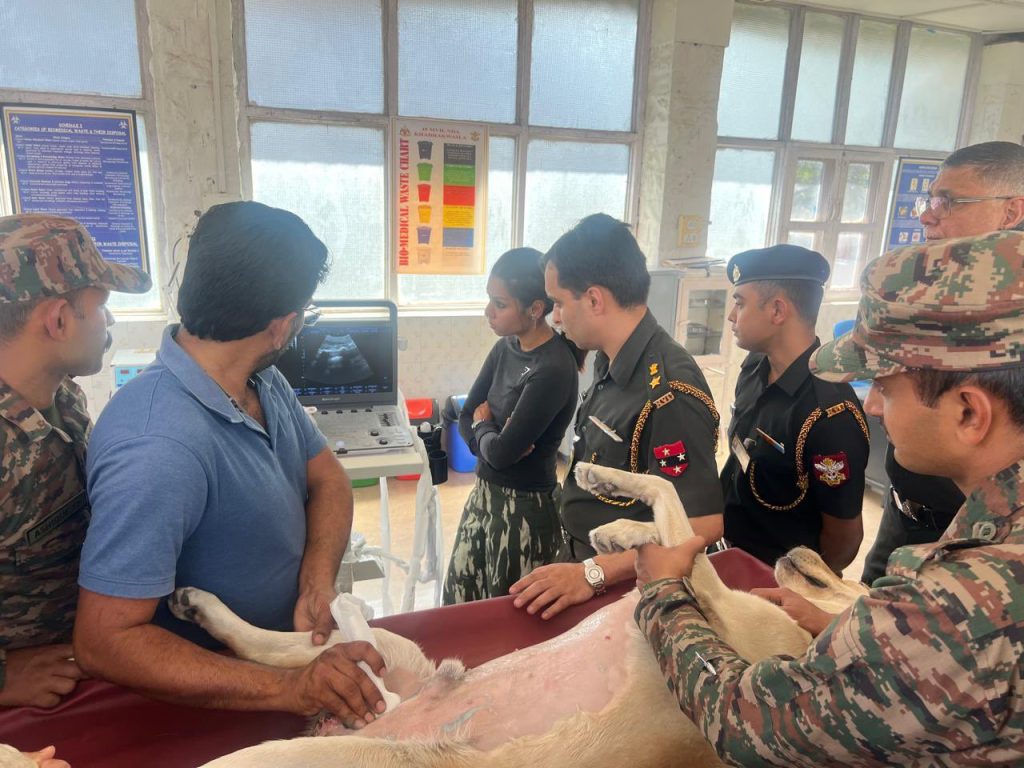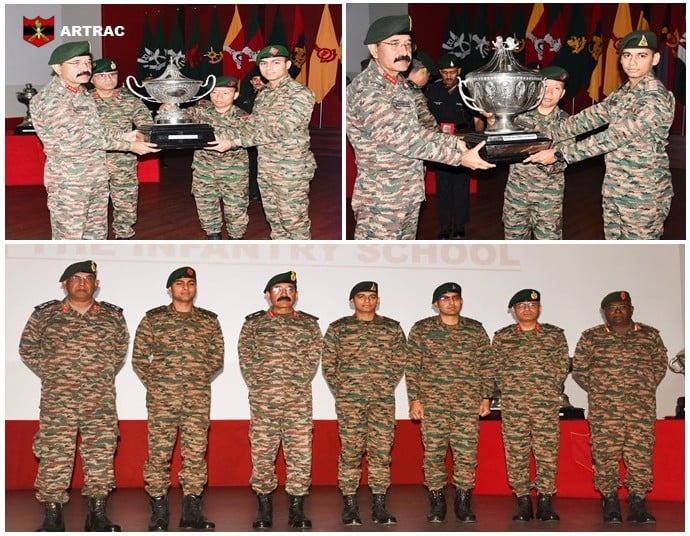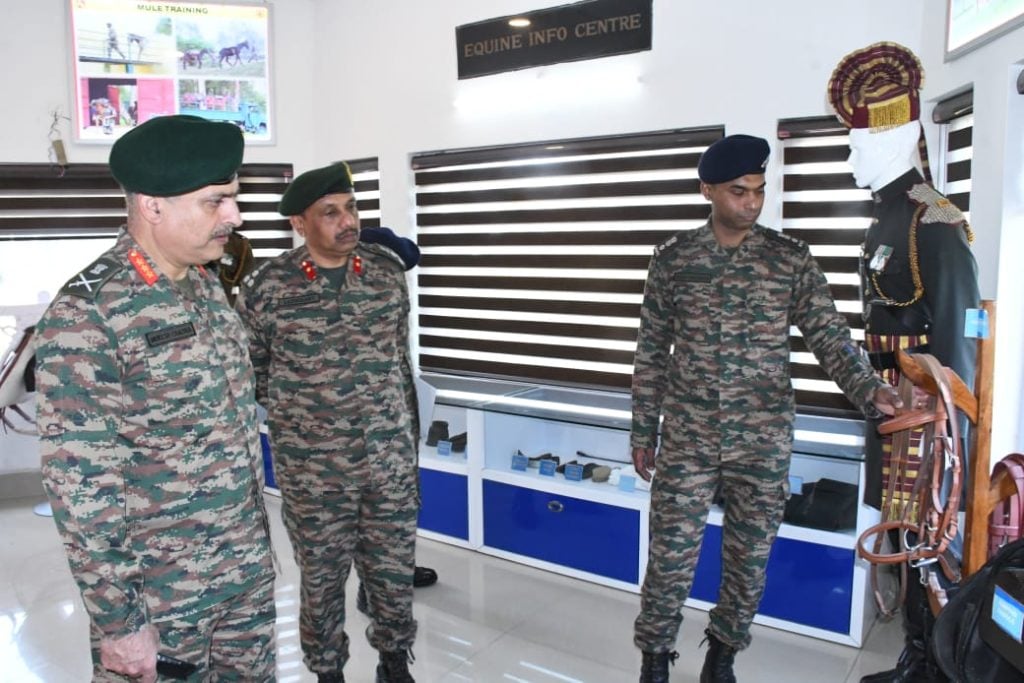Prayagraj, February 18, 2025 – In a swift and heroic operation, Indian Army divers rescued a devotee who suffered a seizure and was swept away while taking a holy dip at the Maha Kumbh Mela 2025 in Prayagraj. The incident occurred at the sacred confluence of the Ganga, Yamuna, and mythical Saraswati rivers, where millions gather for the spiritual event.
According to officials from the Prayagraj Mela Authority, the individual experienced a medical emergency during the ritual bath, losing consciousness and being carried away by the river’s currents. Alert Indian Army divers, stationed as part of the extensive safety measures for the mega-event, responded immediately, pulling the person to safety. The rescued individual was provided first aid on the spot and transported to a nearby medical aid point for further treatment.

The Maha Kumbh Mela, one of the world’s largest spiritual gatherings, is being held in Prayagraj from January 13 to February 26, 2025. With millions of pilgrims attending to seek blessings through the holy dip, the event requires robust safety protocols, including river ambulances, medical teams, and trained personnel like the Army divers.
The Indian Army’s quick response underscores its expertise in rescue operations, as demonstrated in previous missions such as Operation Madad during natural disasters. The operation involved coordinated efforts with local authorities, including the Prayagraj Mela Administration and medical teams, ensuring the devotee’s safety amidst the crowded and challenging riverine environment.
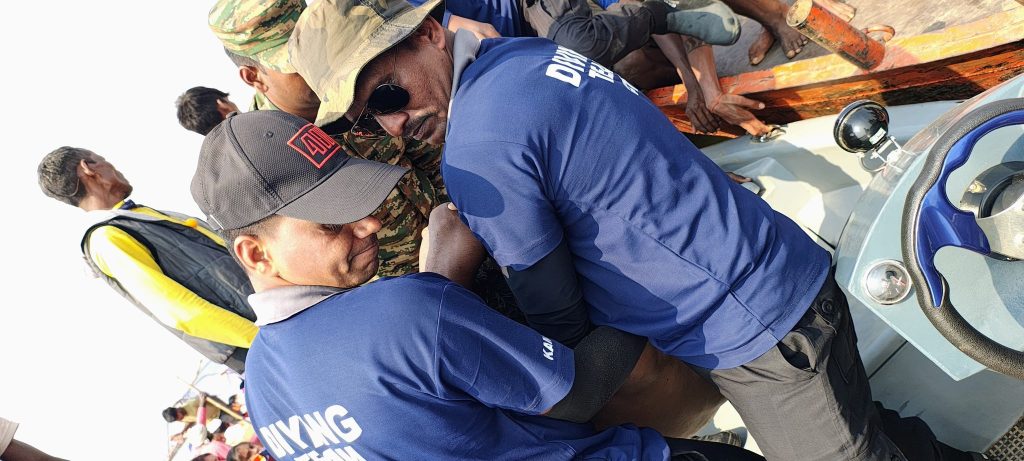
Authorities have emphasized the importance of safety tips for pilgrims, such as avoiding crowded spots, staying hydrated, and seeking medical assistance if needed. River ambulances equipped with life-saving equipment and medicines have been deployed at key ghats to handle such emergencies, a measure first introduced during the 2019 Kumbh Mela and expanded for 2025.
The rescue has been widely praised on social media, with users lauding the bravery and professionalism of the Indian Army divers. The Maha Kumbh Mela continues to draw global attention, blending spirituality with stringent safety measures to ensure a smooth experience for all attendees.


